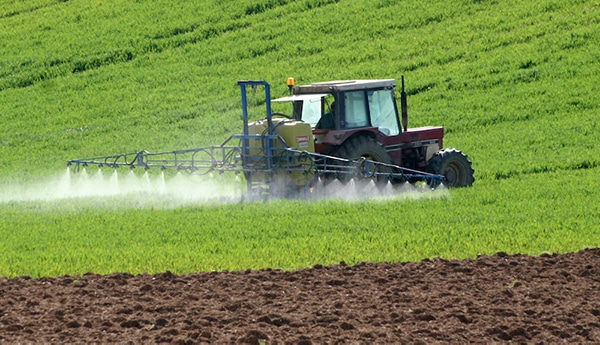Regular safety checks lower the risk of workplace injuries by identifying any hazards to plant or machinery that may have developed.
Maintenance should be conducted as per the original equipment manufacturer’s instructions, using the specified parts and additives. If this information is not readily available, then a mechanic or other competent person should be consulted.
Plant and machinery pre-start inspections must be conducted regularly to ensure worker safety. For example, daily pre-start inspections should cover areas such as:
- safety features (seat belt, warning beacons, horn etc.)
- communications
- visible leaks
- lights
- wheels/tyres
- glass
- bodywork
- brakes and clutch
- guarding (of belt, chain and power take-off (PTO) drives etc.)
Pre-start checks should be conducted by a competent person, such as a mechanic or a person who is qualified to operate the plant or machine.
Where any modification or addition to the plant or machinery has been made,a competent person should conduct a risk assessment to determine if these changes have created any additional hazards to the operation. For example, has the modification or addition:
- made the plant or machine unstable
- placed the operator at risk of injury
- exceeded the weight carrying capacity of the plant or machine
- created pinch, crush or entanglement points for persons in the vicinity.
If there are any risks identified through this assessment, steps should be taken to reduce the risks wherever possible. This may include:
- using another form of plant or machinery
- having the plant or machinery assessed by a competent person, such as an engineer/designer
- ensuring that guarding is in place where a person may come into contact with moving parts
- creating additional instructions for the operating manual.
There are many hazards that can arise from using plant or machinery on a farm. Every job that involves working with this equipment should be reviewed to ensure potential hazards are identified and risk mitigation procedures implemented.
Article kindly supplied by the Department of Mines, Industry Regulation and Safety.






